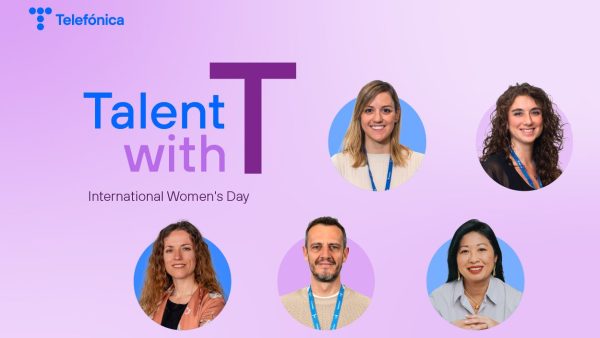Origin and history of Sign Language Day
Since it was approved by the National Assembly of the United Nations in December 2017, every 23 September – beginning the following year – is commemorated as International Sign Languages Day.
This day was proposed by the World Federation of the Deaf (WFD), a body made up of more than a hundred national associations representing some 70 million people with deafness around the world.
Resolution A/RES/72/161 recognises multilingualism as a core value of the UN as a ‘means of promoting, protecting and preserving the diversity of languages and cultures throughout the world’.
For this and other reasons it proclaimed 23 September as ‘International Sign Language Day, to be observed annually from 2018 to promote awareness of the importance of sign languages for the full realisation of the human rights of deaf people’ and invited UN member states to promote the day to raise awareness of sign languages in society as a whole.
Why 23 September?
The choice of this specific date is not accidental. It is precisely on this day, but in 1951, that the World Federation of the Deaf was established, an organisation that was created to preserve sign languages and deaf culture in order to achieve the realisation of the human rights of this group.
The inaugural congress of the federation, held in Rome, was attended by representatives of associations from 25 countries, as the association explains on its website.
The first commemoration of the Day of Sign Languages coincided with the 2018 edition of the International Week of the Deaf, an event that was first celebrated in 1958 and ‘has become a global movement that promotes and raises awareness of the issues that deaf people face in their daily lives’.
International Deaf Week 2024 will be held from 23-29 September under the theme ‘Sign up for Sign Language Rights’.
Importance of commemorating this day
As we have mentioned before, the celebration of this day is an opportunity to protect the linguistic identity and the cultural diversity not only of deaf people but also of all the users of sign languages.
It is also an opportunity to show the efforts made by groups, administrations and civil society to promote, recognise and encourage national sign languages.
According to FMS data, there are some 70 million deaf people in the world, four out of five of whom live in developing countries and use more than 300 different sign languages.
What are sign languages?
The UN defines sign languages as ‘natural languages to all intents and purposes, structurally distinct from spoken languages’, although there is a global sign language, commonly used in international meetings or when travelling and socialising.
Considered to be mixed and created from a particular language to which elements of other languages have been added, it is less complex than natural sign languages. It also has a limited lexicon.
The 2008 Convention on the Rights of Persons with Disabilities recognises and promotes the use of sign languages, establishing that they should have the same status as spoken languages and obliges states to facilitate their learning and promotion.
Telefónica, committed to diversity
Diversity and inclusion are key elements at Telefónica, as well as responding to principles of social justice, are incorporated in Telefónica as key elements both to grow as a company and to connect talent. Only through diversity management developed in an inclusive manner can a fair and impartial environment be guaranteed, in which equal opportunities can be guaranteed at the same time as inequalities linked to prejudices and labels are demolished.
For this reason, the operator believes in the importance of promoting diversity in teams that will offer positive results when accompanied by a leadership style and an organisational culture of equity, plurality and inclusion.
For this reason, it has proposed the number of employees with disabilities in 2024, promoting their integration through agreements with external entities, prioritising the search for profiles in line with the technological and digital needs of the business and is committed to the accessibility of work centres and services for employees, as well as digital media.
Movistar Plus + also has Movistar 5S, a feature that offers television content for people with visual or hearing disabilities through three accessibility systems: subtitles for the deaf, Spanish sign language and audio description.











